Death might not be the end of life for all of the body’s systems. Biologists have discovered that there is a delicate balance of microbes in a person’s body that stay active even if the heart is no longer beating.
Most Americans who are buried after they die are contributing to a greater food web thanks to this part of the body continuing to live on after death.
Microbes Live On
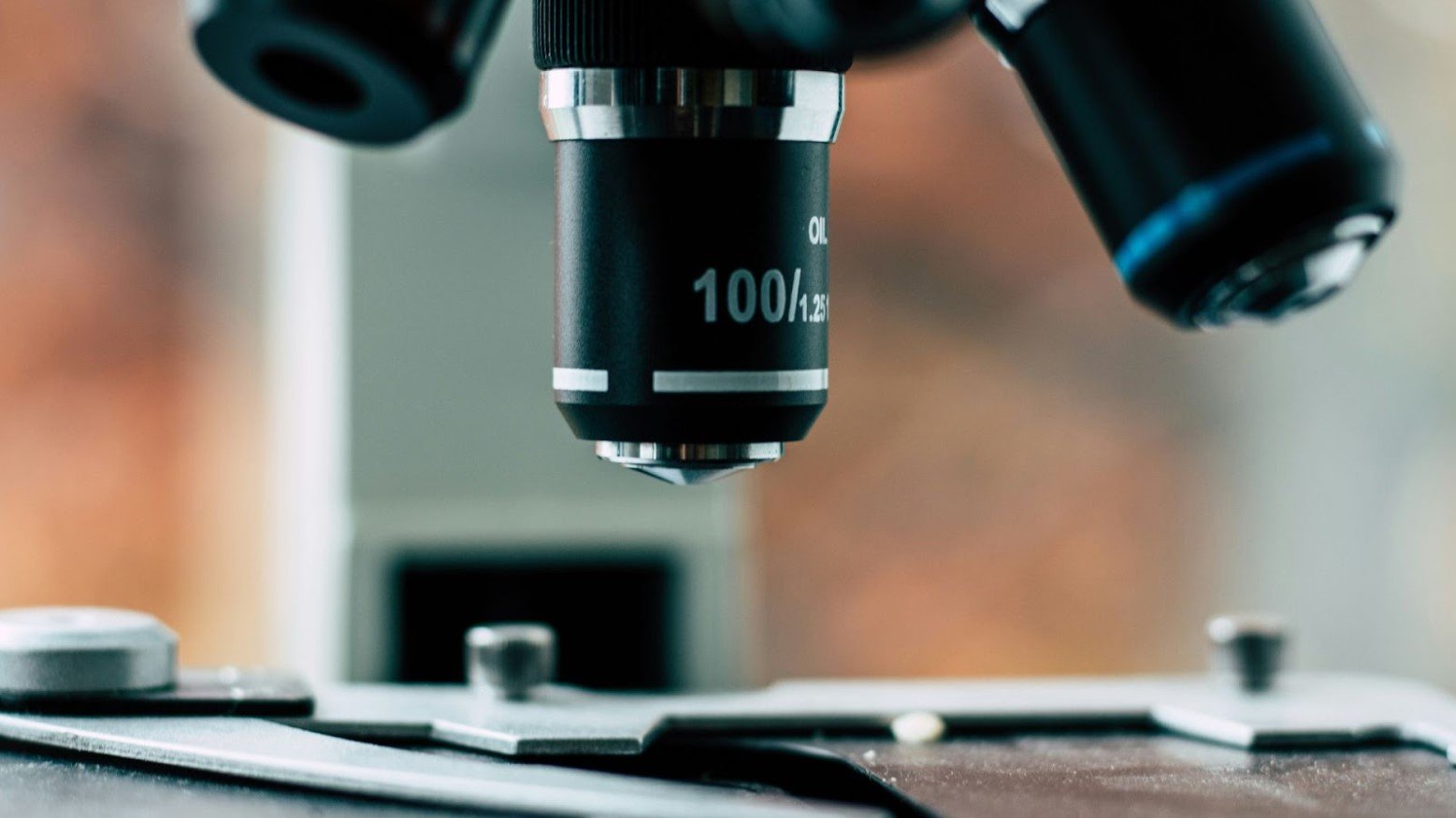
Biologists have found that a balance of microbes in a person’s gut can stay active for years after death. The gut microbiome is host to a complex community of bacteria, viruses, fungi, and other microbes.
These can all remain at work for months or even years after bodily tissues break down.
Looking Closely at Decomposition
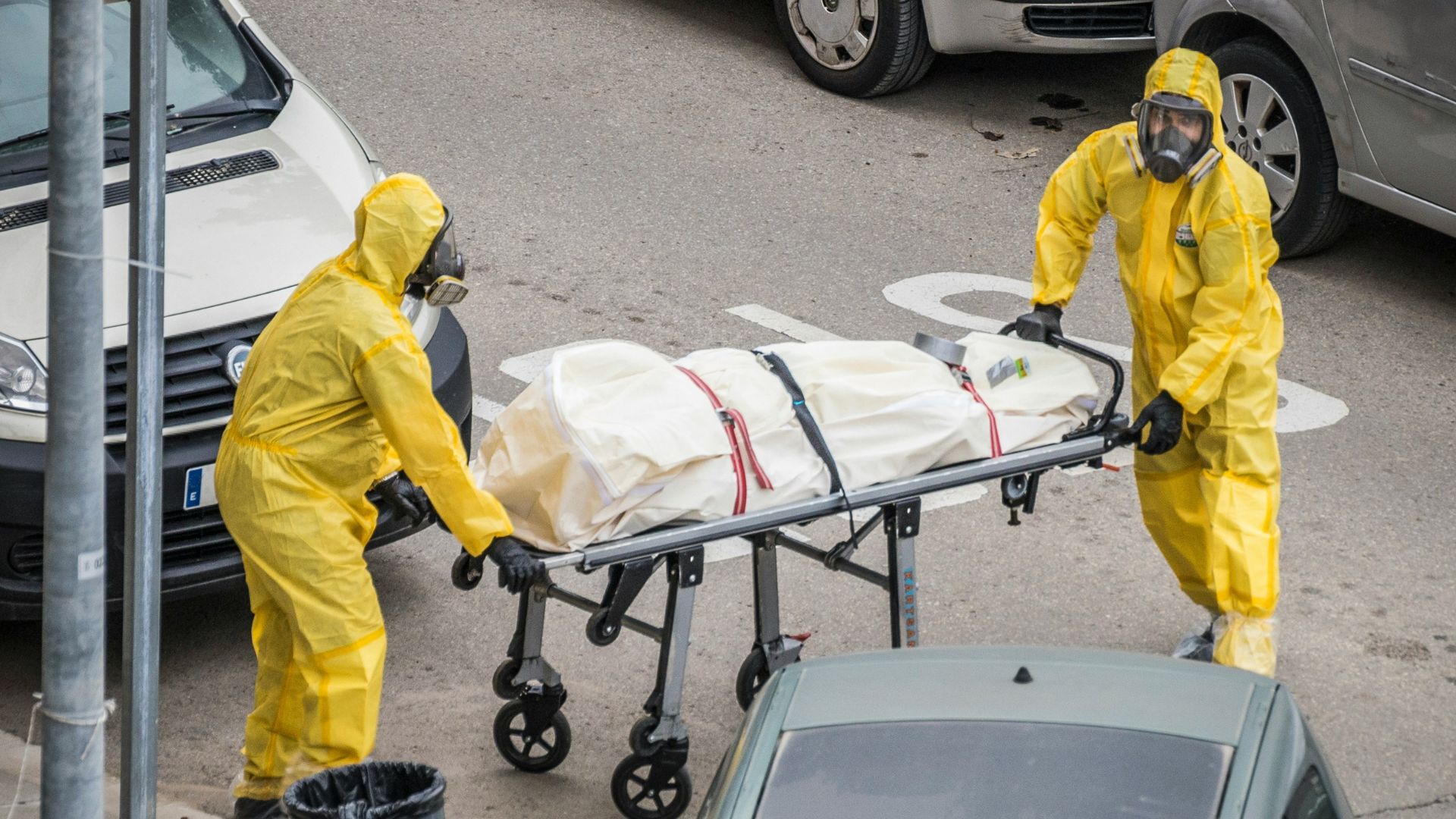
Scientists from the University of Tennessee looked closely at the natural bodily decomposition in a lab that combined the type of soil that often fills a grave and the samples of microbes that linger in the body.
It turns out that these microbes don’t need oxygen to survive. Instead, the need for the body’s remaining carbohydrates, proteins, and fats to stay alive.
Starting the Process

From the moment of death, oxygen-rich blood stops flowing through the veins, and a new complex process starts in the body’s cells.
The body’s cells begin to digest themselves since the life-sustaining oxygen is no longer available. The rotting smell of a body is a result of this process as bacteria-feeding processes don’t require oxygen.
Taking Advantage of Death

Microbes take advantage of the fact that they have little to no competition in the body to thrive on the oxygen-deprived body.
Dr Jennifer M. DeBruyn, an environmental microbiologist at the University of Tennessee, said, “Taking advantage of the carbon and nutrients of your body allows [microbes in the body] to increase their numbers.”
Our Own Personal Brand of Fungi
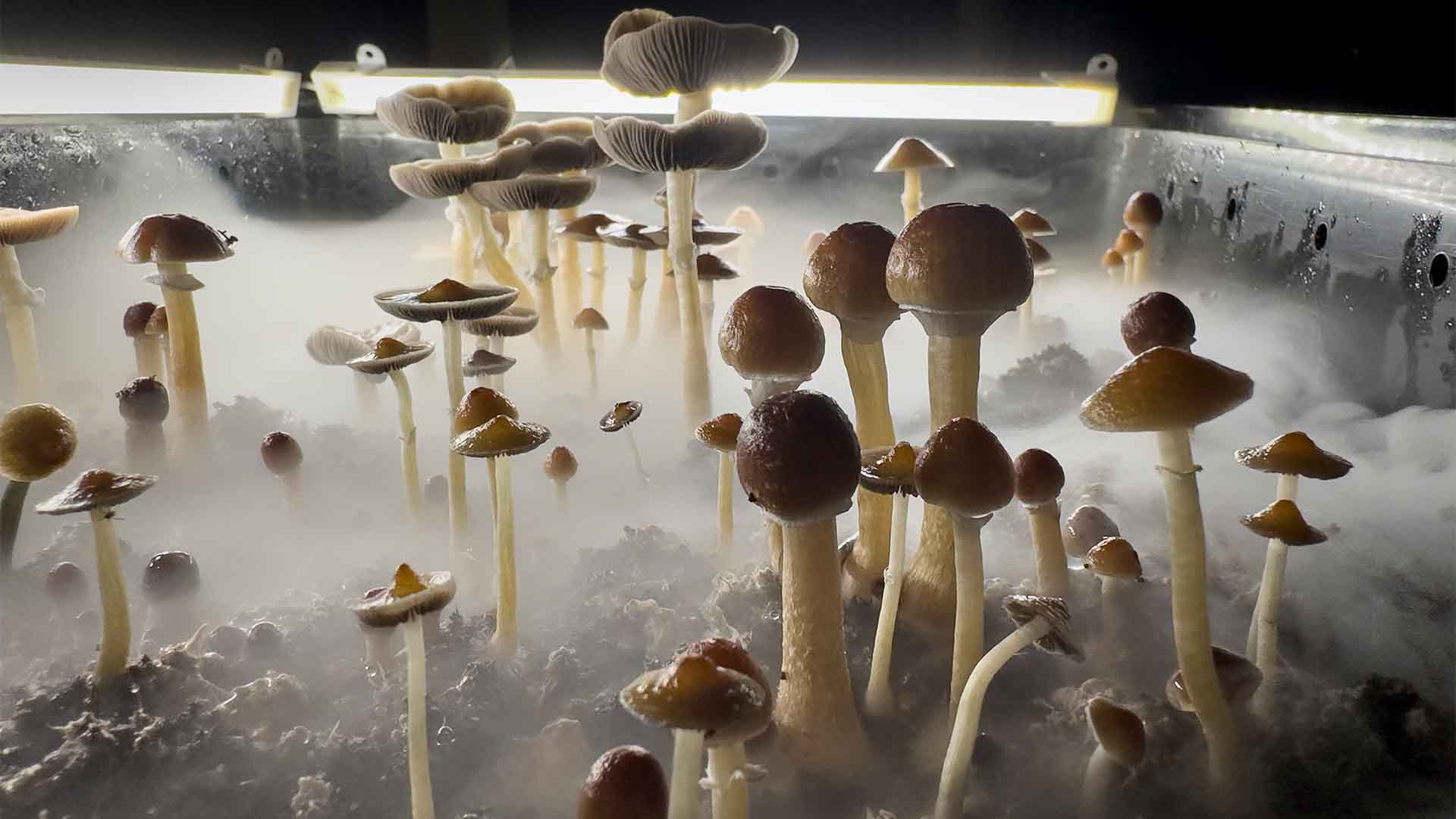
DeBruyn believes that the numbers of microbes will grow if they are unchecked by the other biological systems, which–because the body is no longer sending oxygen through the body–they can’t do.
The bacteria in the body flourish, metabolizing nutrients from dying tissues to survive. The bacteria in us are acting like fungi.
Fuel for Microbes
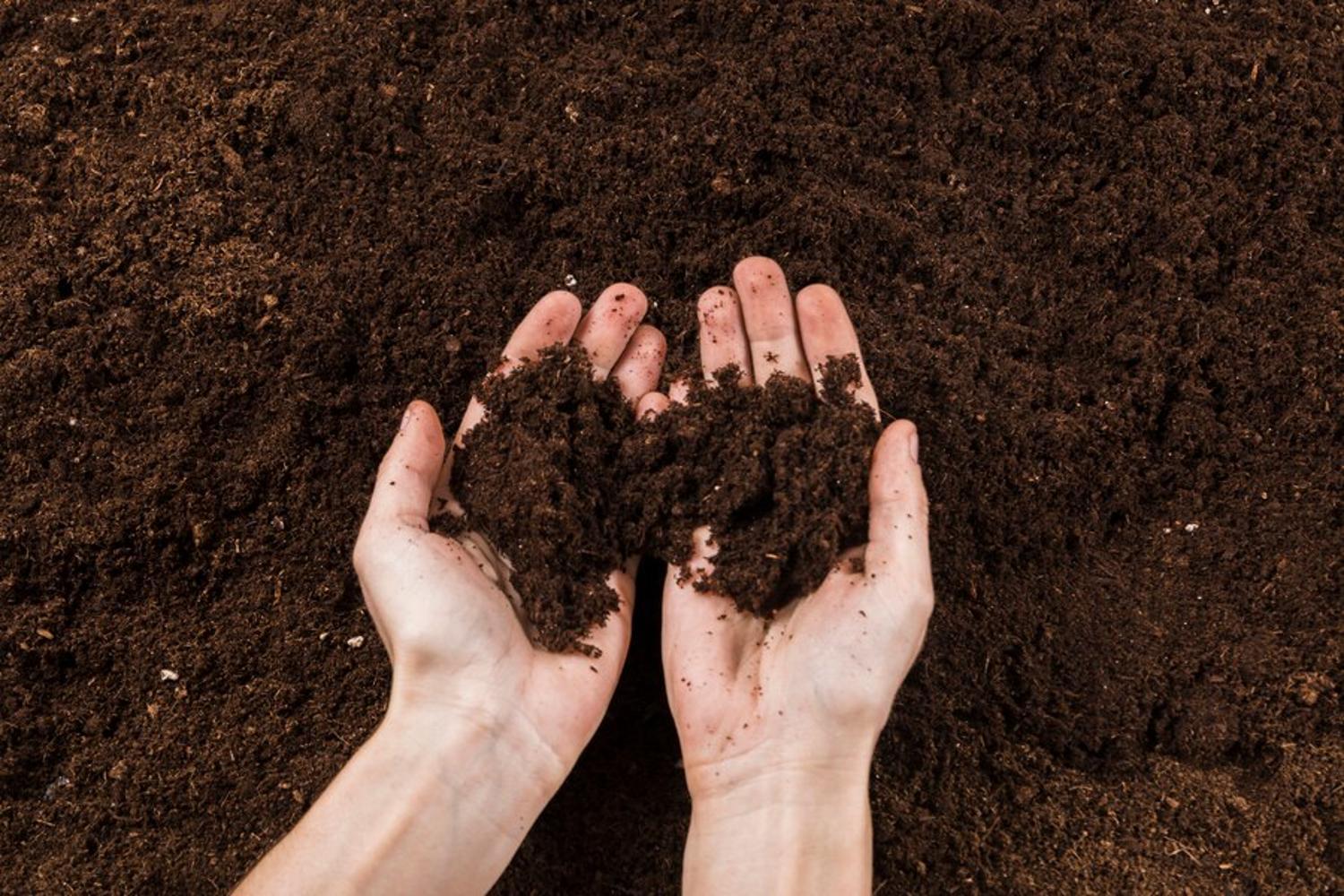
The process generates fuel for the microbes, the surrounding plants, and microorganisms like ammonia, carbon, and nitrogen compounds.
When the soil and microbe-laden bodily fluids are released during decomposition, the organic material from both sources works together to enhance the release of carbon dioxide and nitrogen. This enriches the soil and local plant life.
Creating an Entire Ecosystem
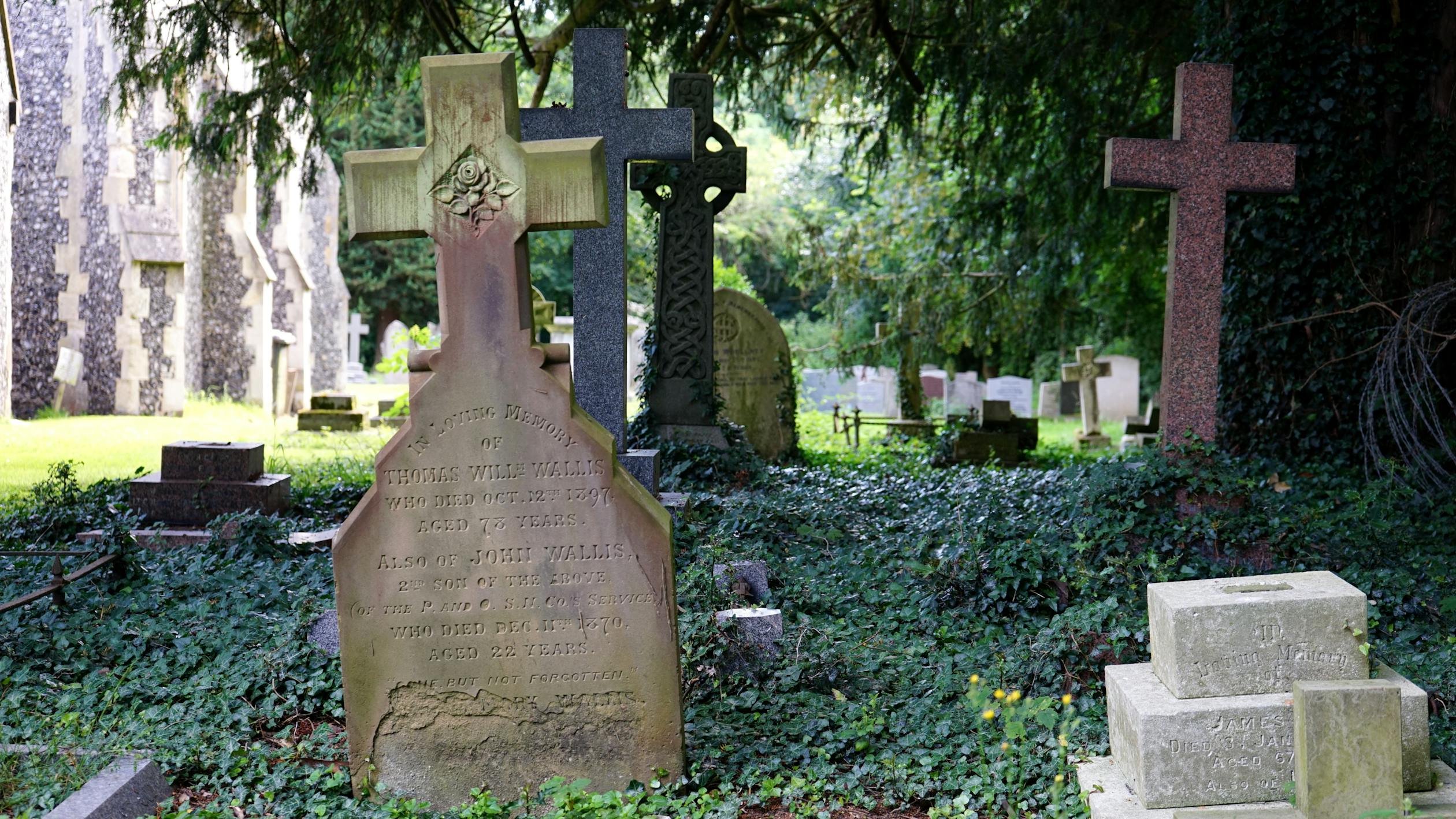
While the decomposition is not a pretty sight, it is helping support life in an ecosystem. A single animal body can support an entire food web of microbe, soil fauna, and arthropods. But it doesn’t stop there.
“Insect and animal scavengers help further redistribute nutrients in the ecosystem,” DeBryn notes.
Another Part of the Lifecycle

Decomposition is just another essential part of the cycle of life. One creature’s body can create a whole ecosystem supported by the thing that continues to live on.
“Decomposer microbes convert the concentrated pools of nutrient-rich organic molecules from our bodies into smaller, more bioavailable forms that other organisms can use to support new life,” DeBryn said.
The Microbes Are Currently Inside You

Freepik
These microbes are currently living inside of you–don’t worry, they are not eating you alive right now. Instead, the microbes are helping you digest food, produce essential vitamins, and protect you from infections.
“When you die, your heart stops circulating the blood that has carried oxygen throughout your body. Cells deprived of oxygen start digesting themselves in a process called autolysis,” DeBryn explains.
Creating the Samples
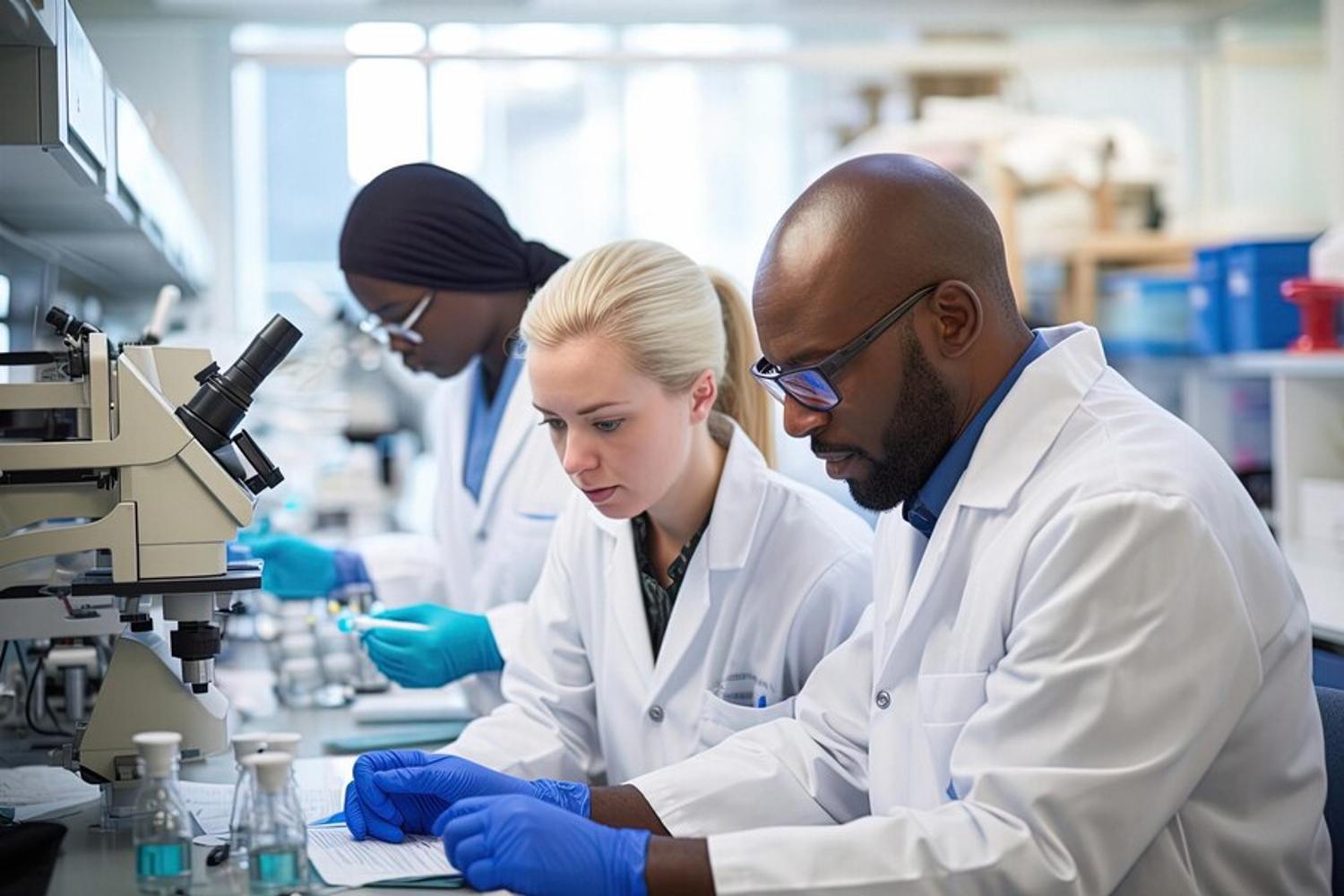
In the lab, the team behind the study simulated the natural process of a buried body decomposing by using decomposition fluid from three beavers and soil samples from a plot of land at the University of Tennessee in Knoxville.
In five separate treatments, which involved 45 different mason jars, the scientists studied soil samples that were either enriched with microbes or had been stripped of them.
The Results of the Study
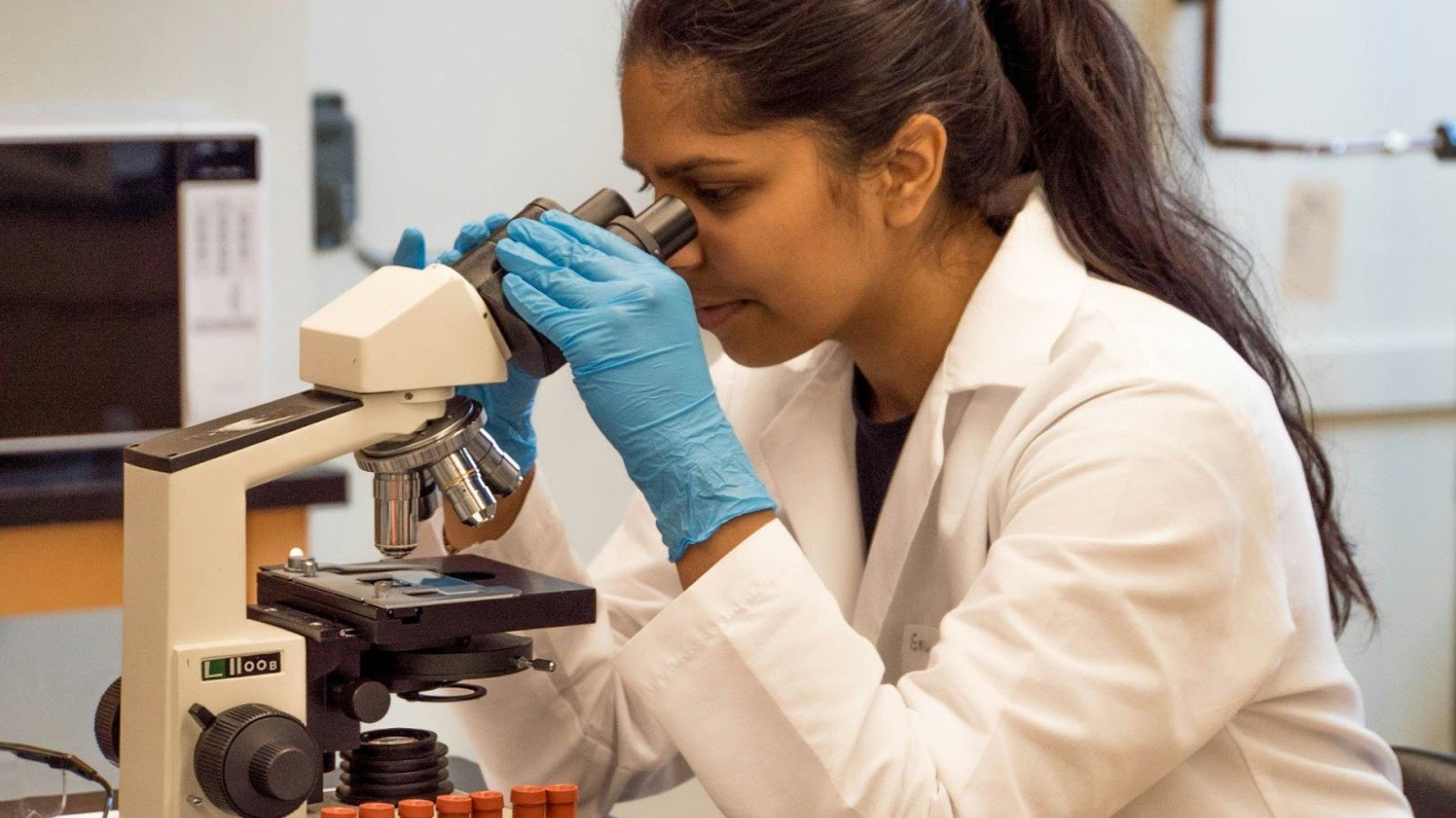
The first treatment used soil that had been completely cleared of microorganisms, containing only the animal-derived decomposition fluid.
In the second treatment, the microorganisms were left intact in the soil. For the third treatment, scientists combined the microbe-rich soil with the decomposition fluid.








































